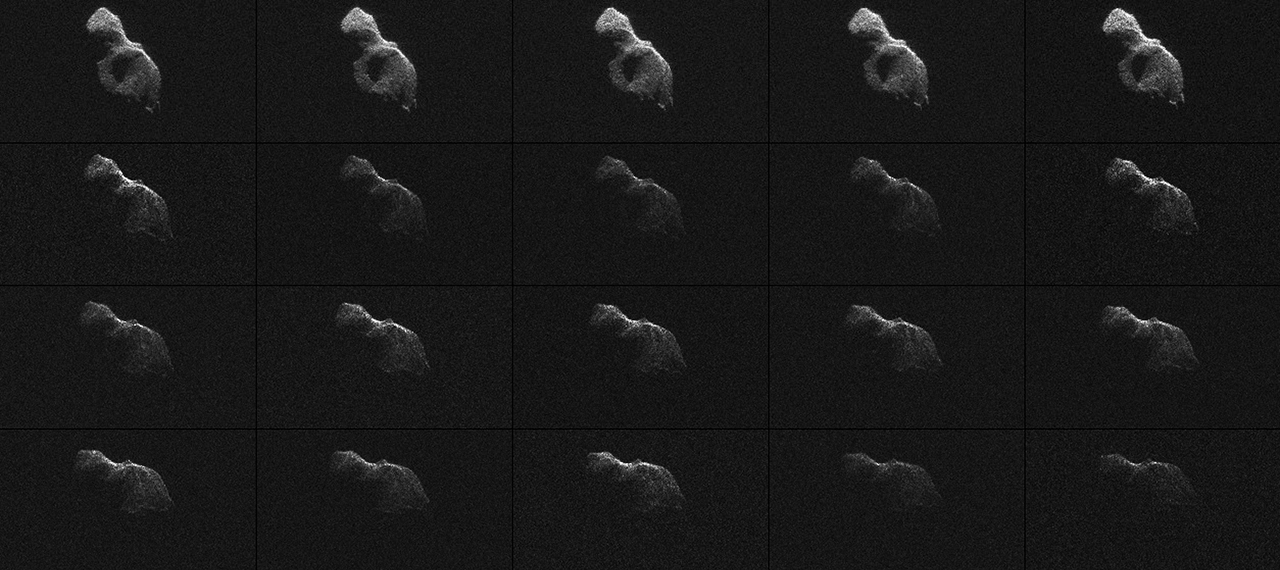
Radio Telescope ‘Arecibo Observatory’ Films a Fast-Moving, Peanut-Like Asteroid
The huge Radio Telescope called ‘Arecibo Observatory’, intended for searching radio signals from extraterrestrial lives has filmed a faster-moving, peanut-like space rock. The asteroid called “2015 BN509” is spotted moving at a faster pace in the space. It has an adorable appearance like a massive peanut. Scientists expected it to some-day crash into earth’s atmosphere, posing a threat for wiping out the human existence from the planet.
The Arecibo Observatory is a huge radio telescope constructed in the interior of a Puerto Rican sinkhole and is designed for capturing the radio signals transmitted by potential aliens of outer planets. Alongside its radio signal tracing capacity, the telescope is also best known as a powerful radar station which can identify each moving object in space and film their echoes. In such a breakthrough, the radio telescope came across the huge peanut-like asteroid, dubbed as 2015 BN509 moving in the space. Up to now, the fast-moving space rock poses no threat to earth, but in some centuries, the asteroid might bump into earth’s rim, experts estimated.
According to the scientists, the asteroid is decently gigantic. In terms of dimension, it is 200 meters (660 feet) thick by 400 meters (1,310 feet) long. It means, the space rock is much taller than New York-based Empire State Building. In its recent official publication, NASA has highlighted the asteroid as “potentially hazardous,” meaning its course all the way through space may someday escort it to collide with Earth.
According to Ed Rivera-Valentin, a terrestrial researcher with the Universities Space Research Association who also is the analyst of Arecibo data, “Early this week, the asteroid, called 2015 BN509 took wings in the space by Earth at a pace of nearly 70,500 kilometers per hour, which is translated as 44,000 mph.
Taking the statement further, he added, the asteroid basically is a contact binary, where the two parts of the space rock won’t be able to orbit each other successfully and drew back together. It is a quite common type of space rocks, and one in six asteroids has peanut-like shape.
NASA also took to Twitter to post the animated video of the space rock, captured by the radio telescope. In the animated gif, NASA has given some apparent and unambiguous views of the giant space rock, moving quickly in the space.


